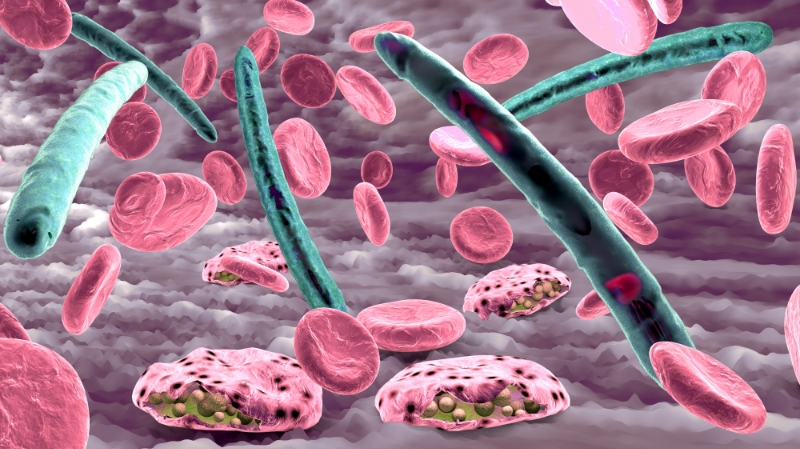There are methods that exist to prevent the transmission and development of malaria.
Vector control. Vector control, utilizing insecticide-treated nets (ITNs) and indoor residual spraying (IRS), is effective at reducing mosquito longevity (WHO, 2023). Controlling the vector density or number of mosquitos is vital to preventing malaria. Mosquitos breed by laying eggs in and near standing water. To disrupt the mosquito life cycle, drain any standing water from bird baths, pets' water bowls, garbage cans, house gutters, pool covers, flowerpots, old tires, and any other containers at least weekly. As little as one teaspoon or bottle cap of water standing for more than one week is enough for mosquitos to breed in and multiply (Florida Health, 2023). Mosquitos can live indoors and will bite at any time. Keep mosquitos out of the home by repairing broken screens on windows, doors, or porches.
Bite protection. The first line of defense is to avoid contact with mosquitos by remaining indoors in a screened or air-conditioned area during the peak biting periods of dusk and dawn. Vectors tend to feed in the early mornings rather than late at night (Breman, 2023). Cover the body by wearing long-sleeved shirts, long pants, and hats. Protect infants by draping their carrier with mosquito netting with an elastic edge that remains tight around the carrier (Florida Health, 2023; WHO, 2023).
When outside, it is important to use Environmental Protection Agency (EPA) registered insect repellent containing one of the following active ingredients: N.N-diethyl-meta-toluamide or DEET (Off!® Cutter®, Sawyer®, Ultrathon®), Picaridin or KBR 3023, Bayrepel and icaridin (Skin So Soft Bug Guard Plus®), oil of lemon eucalyptus (OLE), para-menthane-3,8-dio or PMD (Repel®) or IR3535 (Skin So Soft Bug Guard Plus Expedition®, Skin Smart®). DEET has been used for over 70 years and is considered the gold standard of insect repellents. No other compound covers as broad a spectrum of arthropods or offers the extended duration of action" (Breisch, 2020). Repellents containing higher concentrations may have a longer effect, but concentrations over 50% provide no greater protection, and time-released products are preferred over liquid sprays. Any product containing 10 to 35 percent of the active ingredient is adequate in most circumstances. Higher concentrations should be used if time outdoors exceeds three to four hours. Do not use insect repellent on children younger than two months or open areas of skin such as cuts or wounds. Frequent reapplication is not required. If both sunscreen and repellent are required, sunscreen should be applied first. Serious adverse reactions to repellents are uncommon, but they can cause dermatitis, allergic reactions, and, rarely, neurotoxicity. DEET is not carcinogenic (Breisch, 2020; WHO, 2023).
Preventive medication. Medications available in the United States to prevent and treat malaria include Chloroquine, quinine sulfate, hydroxychloroquine, mefloquine, atovaquone, and proguanil. To prevent malaria, drugs like mefloquine hydrochloride must be started at least two weeks before exposure to malaria and continue for four weeks after exposure, so it is important to consider the travel location and plan accordingly to prevent infection risk. "A review of antimalarial drug quality in Asia and Africa showed an alarming prevalence of counterfeit drugs on the shelves of pharmacies in multiple countries; up to 36 percent of antimalarial drugs and 43 percent of the artemisinin combination drugs were falsified" (Breman, 2023, pp 19). Regulations from the Federal Drug Administration (FDA) minimize the risk of counterfeit drugs sold in the United States.










